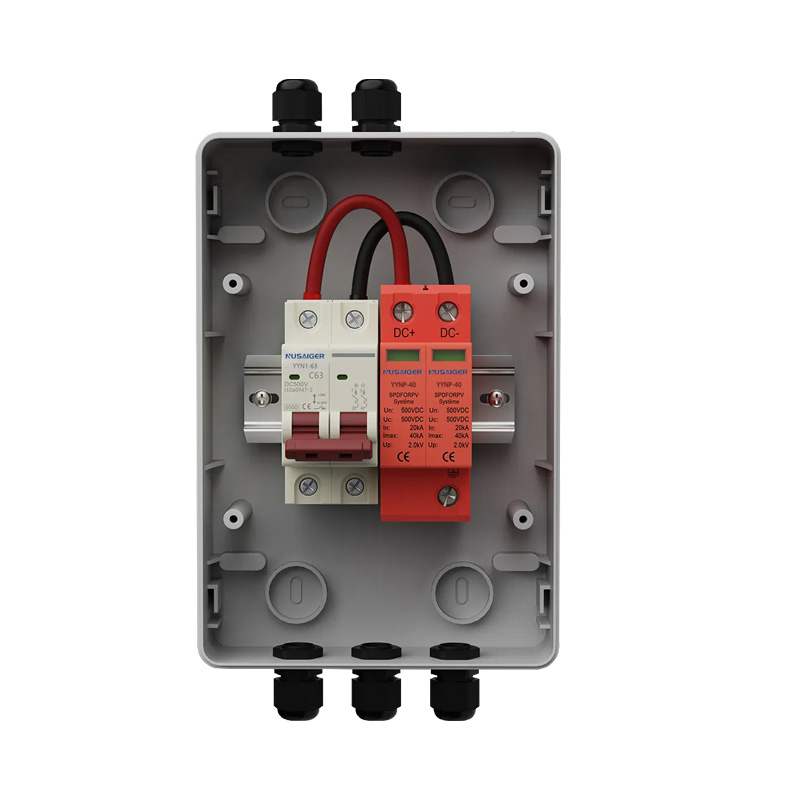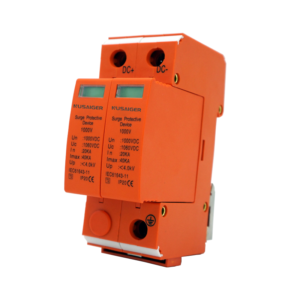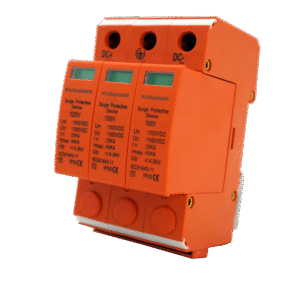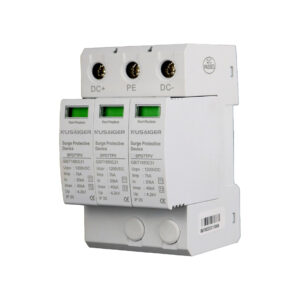Introduction
Solar energy projects span deserts, coastlines, high altitudes, and freezing zones. Not all PV combiner boxes are built for these challenges. Here’s how to choose the right box for your installation environment.
Common Environmental Challenges
High Temperature (Deserts): Can lead to component failure or accelerated aging.
Dust and Sand: Risk of internal contamination and poor connection.
Humidity and Salt Mist (Coastal areas): Cause corrosion and insulation breakdown.
Extreme Cold: Materials become brittle, and condensation may occur.
Key Features to Look for
Weatherproof Enclosures
IP65/IP67 or NEMA 4X rating for outdoor durability
Waterproof cable glands and gaskets
Corrosion-Resistant Materials
304/316 stainless steel or UV-stabilized PC enclosures
Anti-corrosion coatings on terminals
Thermal Ventilation or Heaters
Passive vents, or active thermal management in extreme climates
Sealed Circuit Boards
Protect internal electronics from dust and moisture
Certification for Climate Use
Look for IEC 60068-2-78 (humidity) or salt mist tests (IEC 60068-2-52)
Conclusion
Selecting a PV combiner box for harsh environments requires more than checking the specs. A well-chosen box ensures decades of performance—even in the world’s most challenging locations.



